Retro Replay Review
Gameplay
Battlestations: Pacific strikes a fine balance between arcade-style action and strategic depth, dropping you straight into the heart of naval and aerial warfare. The dual single‐player campaigns—one following the Japanese assault on Pearl Harbor and the other tracking the American counteroffensive after Midway—provide distinct perspectives and mission sets. Each campaign offers an evolving roster of objectives, from dogfights over carrier decks to fleet engagements in open waters, ensuring that no two missions feel identical.
(HEY YOU!! We hope you enjoy! We try not to run ads. So basically, this is a very expensive hobby running this site. Please consider joining us for updates, forums, and more. Network w/ us to make some cash or friends while retro gaming, and you can win some free retro games for posting. Okay, carry on 👍)
The game’s core loop revolves around launching and piloting ships, fighters, bombers, and submarines from your team’s headquarters. You select your load‐outs—machine guns, rockets, torpedoes, even carpet‐bombing runs or paratrooper drops—based on mission demands and your preferred playstyle. As you expend support points to field new units, you’ll need to prioritize what to summon and when, especially in protracted battles where reinforcements can turn the tide.
Beyond piloting individual vehicles, Battlestations: Pacific empowers you as a commander, granting access to a tactical map where you can issue orders to AI allies and coordinate multi‐unit maneuvers. Assigning formations, setting waypoints, or calling in concentrated strikes adds a layer of strategic oversight. Swapping between the tactical overview and first‐person control feels seamless, making you the linchpin of your fleet’s success.
For those craving more variety, the five skirmish modes—Escort, Siege, Competition, Duel, and Island Conquest—offer fresh challenges in single‐player or multiplayer. Whether you’re defending a convoy, storming coastal defenses, or vying for control points, these modes extend replayability and let you experiment with unit combinations. The result is a gameplay experience that remains engaging long after the campaigns conclude.
Graphics
Visually, Battlestations: Pacific delivers impressive sea-scapes and detailed unit models that bring WWII battles to life. The dynamic water physics simulate waves and reflections with remarkable realism, while weather effects—such as rolling fog or sudden rain squalls—can obscure the horizon and influence combat. Ships glint convincingly under the sun, and the play of light across metal hulls and aircraft fuselages adds authenticity.
Explosions and weapon effects pack a punch, with billowing smoke, fiery debris, and shockwaves that ripple across the water’s surface. On land, you’ll spot strafed runways, flaming oil drums, and coastal fortifications crumbling under bombardment. Even on mid-range hardware, the game maintains a steady frame rate; higher‐end systems can push settings for crisper textures and extended view distances, enhancing immersion without significant slowdown.
The user interface complements the visuals with a clean HUD and an intuitive tactical overlay. Icons for ships, planes, and objectives remain clear at a glance, and the commander map is color‐coded for quick decision‐making. Cutscenes and mission briefings use in‐engine graphics that blend seamlessly with gameplay footage, reinforcing the cinematic feel of each operation.
Story
While Battlestations: Pacific isn’t a character-driven narrative, its historical framework is compelling. The Japanese campaign plunges you into the chaos of Pearl Harbor, complete with radio chatter and archival‐style introductions, setting the stage for a series of daring strikes. Switching to the American perspective after Midway shifts the tone, focusing on counterattacks and desperate defenses that highlight the Pacific theater’s ebb and flow.
Mission briefings and in-game dialogue provide context without bogging down the action. You’ll hear commands crackling over the radio, conveying urgency and the real-time stakes of naval warfare. The lack of named protagonists or elaborate cutscenes may disappoint those seeking a Hollywood‐style storyline, but the authenticity of mission objectives and historical targets keeps the narrative engaging.
The pacing of the campaigns balances high-octane aerial engagements with more methodical naval encounters, ensuring a varied storytelling rhythm. You’re not just following scripted events—you feel like an active participant in pivotal WWII battles. For history buffs, the accuracy of ship classes, aircraft models, and battle locations will be an added draw, even if the story itself is delivered primarily through mission progression.
Overall Experience
Battlestations: Pacific stands out as a bold sequel that expands on the foundation laid by Midway. Its blend of first-person piloting and top-down command gives you full control over each engagement, whether you’re zeroing in for a torpedo run or orchestrating an entire fleet maneuver. The learning curve can be steep—mastering each unit’s strengths and weaknesses takes time—but the payoff is a deeply rewarding experience.
Audio design elevates the action, from the thunderous roar of aircraft engines to the crack of naval gunfire and the tension of sonar pings underwater. Sound effects are spatially accurate, helping you locate targets even without visual cues. Music and voiceovers are period-appropriate, reinforcing the dramatic atmosphere without ever feeling intrusive.
For prospective buyers, Battlestations: Pacific offers a unique mix of strategy and action, underpinned by solid graphics and authentic sound design. Whether you’re a fan of historical warfare, squad-based tactics, or pure aerial dogfights, this title delivers hours of varied gameplay. While newcomers may need to invest time learning the systems, veterans of Midway will appreciate the refinements and expanded content. Ultimately, Battlestations: Pacific is a standout for anyone looking to command the seas and skies of the Pacific theater.
 Retro Replay Retro Replay gaming reviews, news, emulation, geek stuff and more!
Retro Replay Retro Replay gaming reviews, news, emulation, geek stuff and more!
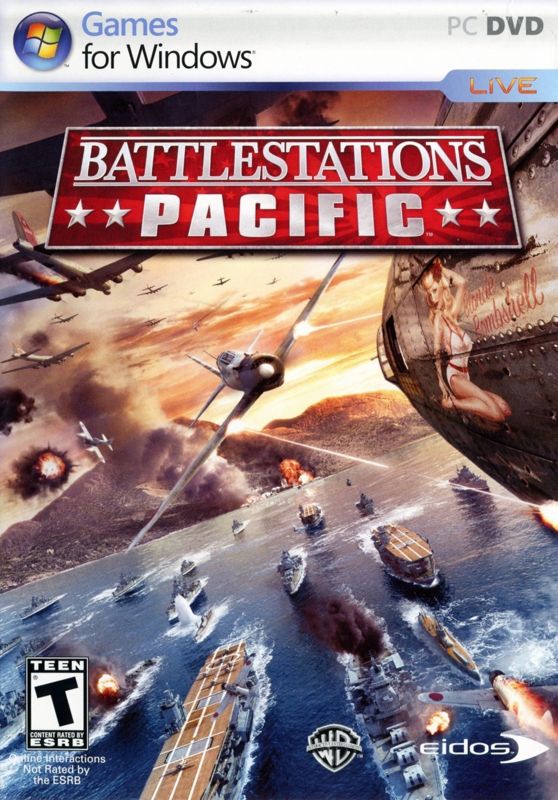
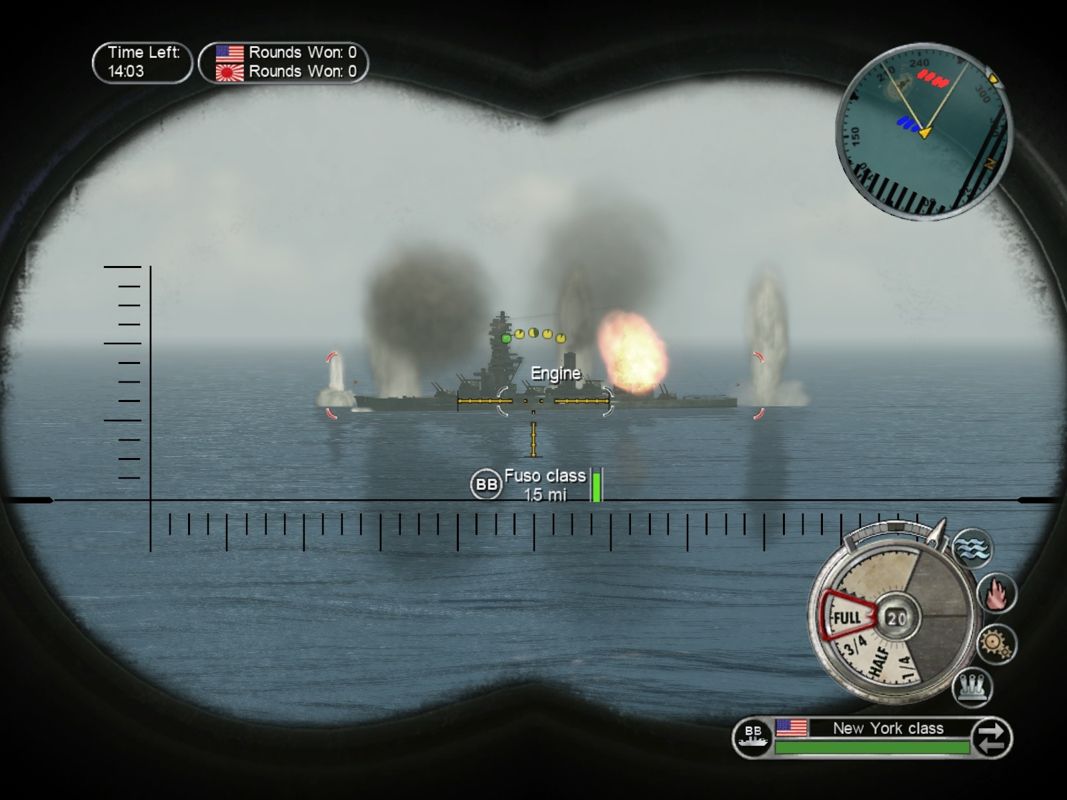
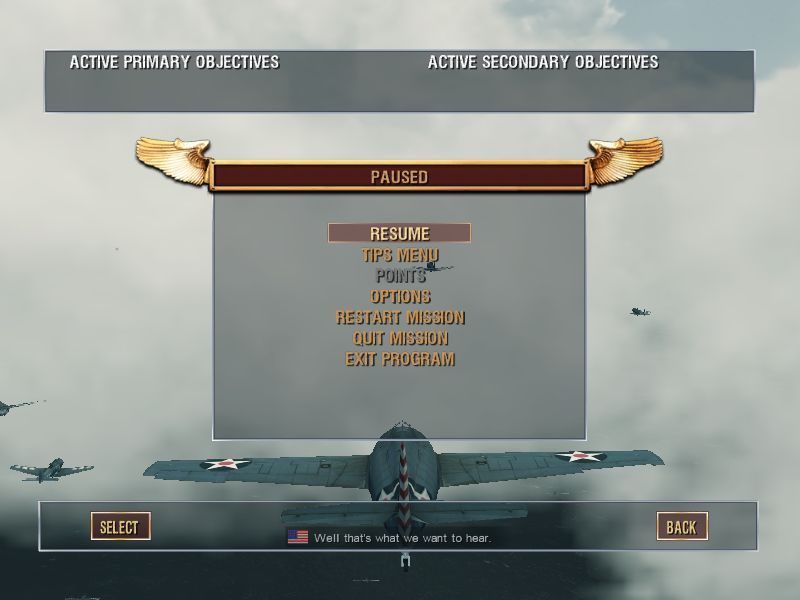
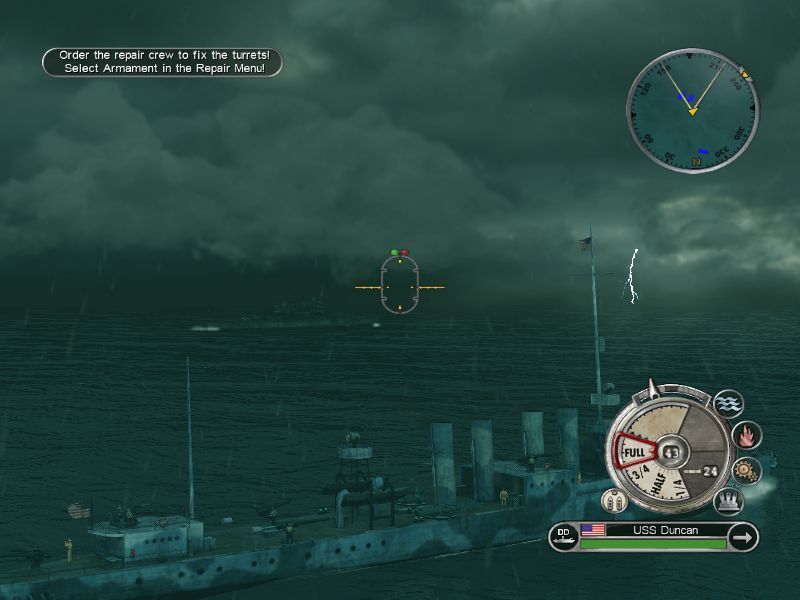
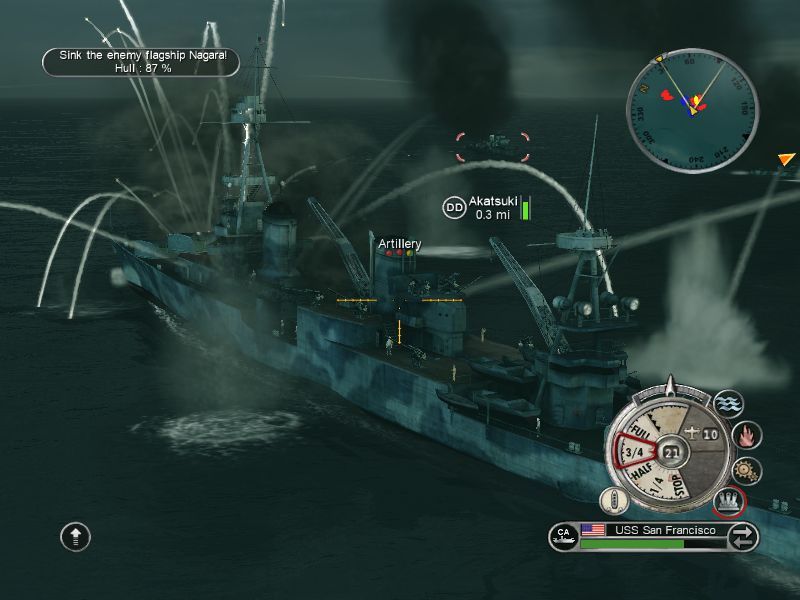
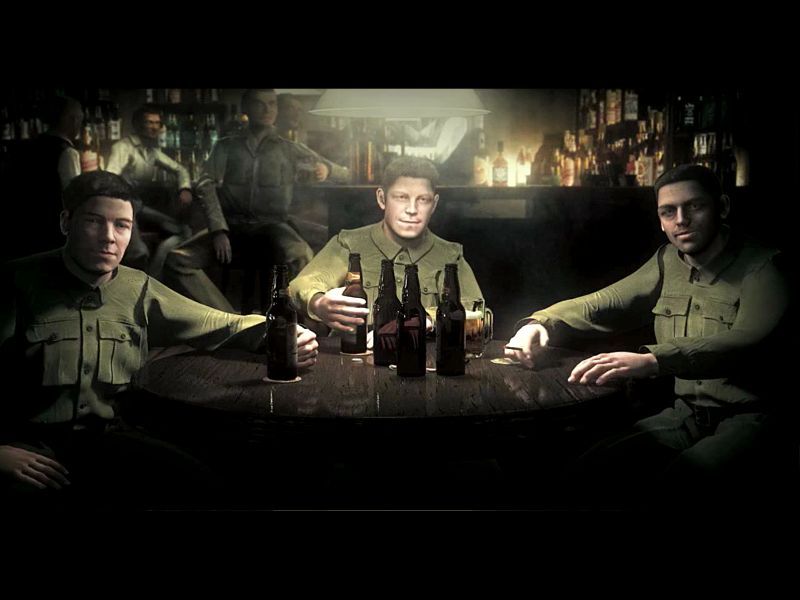



Reviews
There are no reviews yet.